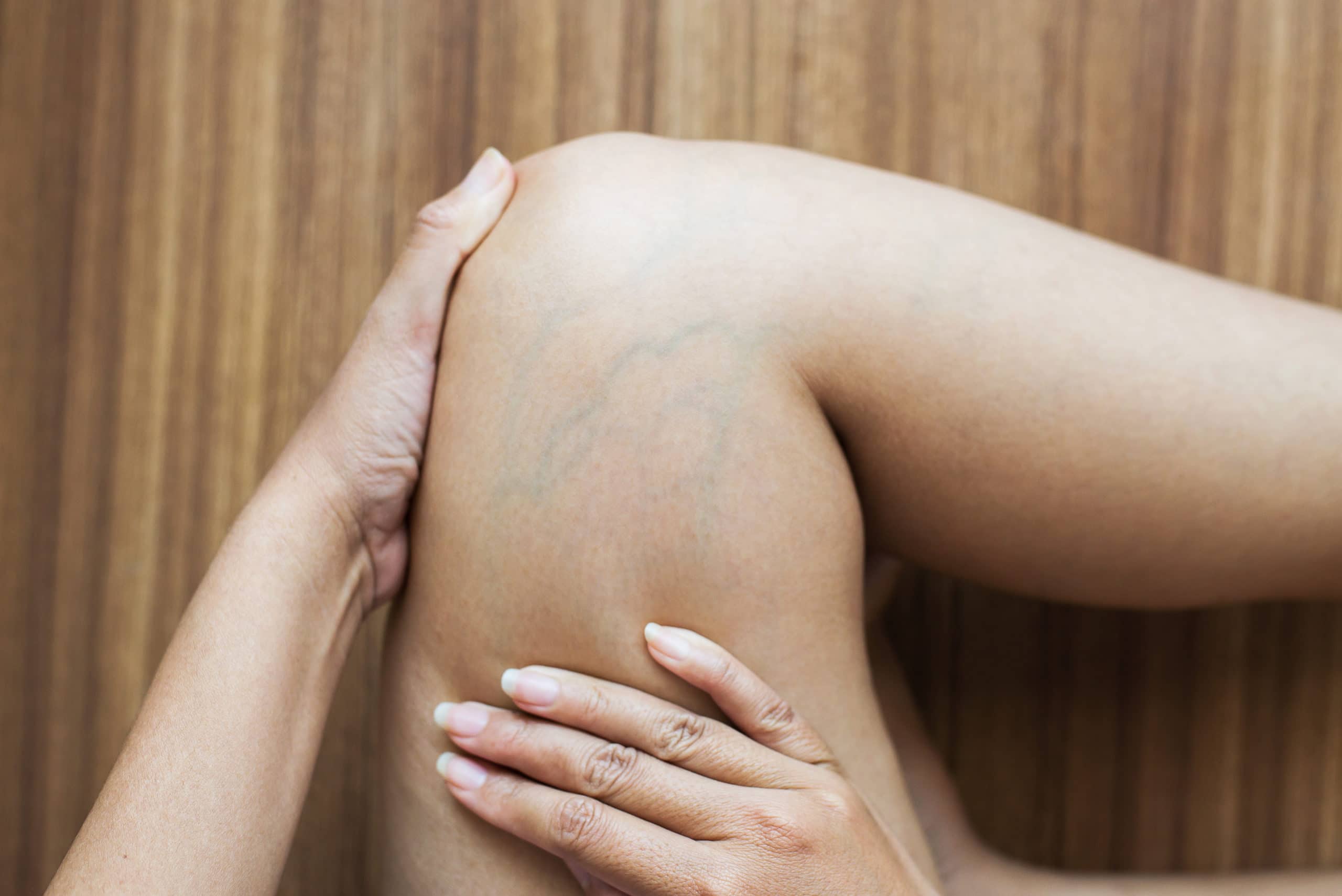What are those bluish-purple lines showing up on your skin? You’ve likely heard of spider veins, but you could be looking at something slightly different: reticular veins. These often show up in the legs and can be just as aesthetically unappealing, but they come with a few distinct differences. Here’s a look into how to differentiate the two and how to get rid of reticular veins.
What Are Reticular Veins?
Veins are collapsible structures that deliver deoxygenated blood to the heart. When veins become damaged or impaired, they can show up on your skin in a few different ways. You can detect reticular veins by their size. They’re similar to spider veins but larger. And since they are deep under the skin, reticular veins don’t bulge outward like larger varicose veins do.
They typically occur on your inner thighs, backs of the knees, or close to your ankle. Reticular veins can also show up in isolated areas like your face. In general, they’re a cosmetic frustration rather than a serious health concern. Reticular veins are also known as feeder veins since they can “feed” smaller spider veins. You may see both types of veins show up in the same area.
Causes of Reticular Veins
Reticular veins often develop from a condition called Chronic Vascular Insufficiency (CVI). With CVI, your vein valves no longer work properly. Veins with faulty or weak valves can’t push deoxygenated blood back to the heart, resulting in blood collecting in the vein.
Genetics is one of the main risk factors. If you have a family history of reticular veins, you’re more likely to get them or experience other similar vein conditions like spider veins.
Your occupation is another key factor. You’re more likely to develop reticular veins if your job involves sitting or standing for a long period, like a teacher, factory worker, nurse, or long-distance truck driver. Other risk factors include:
- Obesity
- Menopause
- Pregnancy
- Poor dietary habits
- Smoking
- Behavioral or environmental habits
- Prior history of vein disorders
- Hormonal changes with age and medical conditions
- Excessive exposure to the sun
Symptoms of Reticular Veins
Aside from their unpleasant look, reticular veins may come with a few other uncomfortable symptoms. They may cause pain and discomfort in the surrounding area, including itching or burning. Vein specialists can help assess your vein issues to establish the cause and suggest the best treatment for reticular veins.
Diagnosis of Reticular Veins
At Medicus Vein Care, we use ultrasound diagnostics to determine the health of your veins. Our vein specialists personally perform the diagnostic procedure, enabling us to offer the best treatment for your reticular veins.
How To Get Rid of Reticular Veins
The good news is you can easily get rid of reticular veins using a few different minimally invasive methods. Here are the most popular treatments for reticular veins.
Foam Sclerotherapy
Sclerotherapy or injection therapy is the benchmark treatment for vein disorders. The procedure involves injecting a small amount of chemical irritant into the affected vein. This chemical substance causes the vein to swell and collapse, sealing it from the circulatory system. Turning the medication into a foam allows the chemical to stick to the vein walls better, causing it to scar down and close.
The treatment doesn’t impair your circulation. Surrounding blood vessels will compensate by rapidly delivering blood to the affected area. Sclerotherapy does come with a few side effects, including pain, temporary swelling, and bruising.
If you have a prior history of allergies or asthma, you may experience an allergic reaction to the injected chemical. Be sure to let your health care provider know of any allergies before receiving sclerotherapy. In rare cases, sclerotherapy can cause scarring or hematoma (bruising).
Visit Us at Medicus Vein Care
Medicus Vein Care is a multi-specialty vascular treatment center offering various reticular vein treatments, including many options mentioned above. As vein specialists, target reticular veins that are not seen from the skin. In these cases, ultrasound-guided sclerotherapy is used; this is a treatment that we specialize in. Contact us now to get the best treatment for reticular veins.





